Drone strikes cut Russia’s fuel output to multi-year low
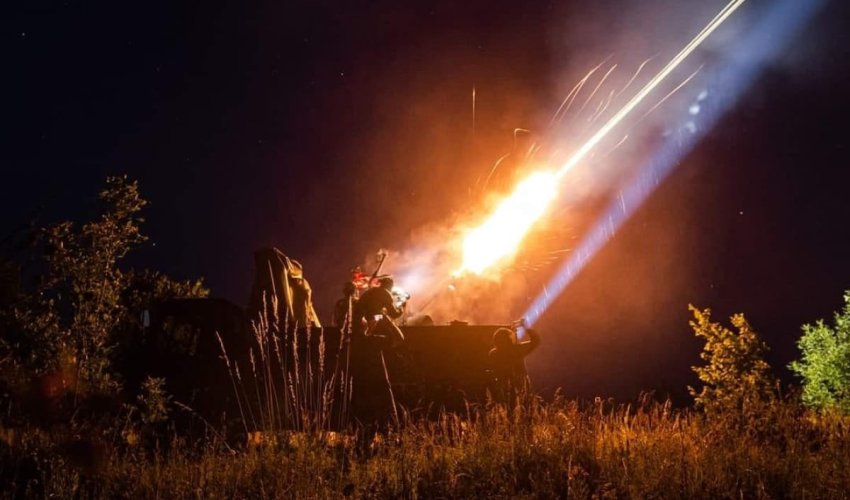
Ukrainian drone attacks since early August have hit 28 oil refineries across Russia, slashing the country’s fuel and petroleum production to its lowest level in at least five years, The Moscow Times reported.
According to OilX analysts, refinery throughput fell to 4.86 million barrels per day in October — down by 484,000 barrels, or nearly 10%, compared with July. Bloomberg said refining volumes dropped 5% year-on-year and 14% compared with October 2021, or by about 794,000 barrels per day.
Nearly a third of Russia’s refineries have been affected by the strikes, including the Antipinsky refinery in Tyumen, Slavneft-YANOS in Yaroslavl, Rosneft’s Tuapse refinery, Orsknefteorgsintez in Orenburg, and Kinef in Leningrad region, where a fire shut down its main crude unit responsible for 40% of capacity.
In September, at least four facilities — including Rosneft’s Ryazan refinery, Novokuibyshev refinery, and Gazprom’s Astrakhan gas plant — were forced to suspend operations partly or fully, triggering fuel shortages across regions from Kamchatka to central Russia.
Authorities imposed limits on retail fuel sales, while the Russian government banned gasoline and diesel exports to stabilize supplies. According to Kommersant, Moscow is now preparing to import fuel from China, Singapore and South Korea.
Fuel deliveries from Belarus surged fourfold in September to 49,000 tonnes, with an additional 33,000 tonnes of diesel supplied. The government is also considering allowing the use of monomethylaniline (MMA), a high-octane additive banned in most countries due to toxicity and cancer risks.
























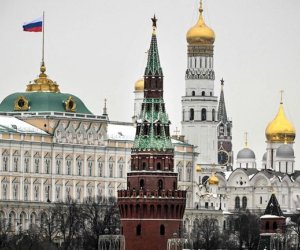




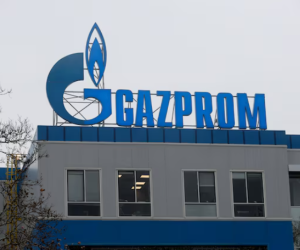
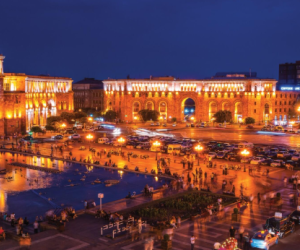
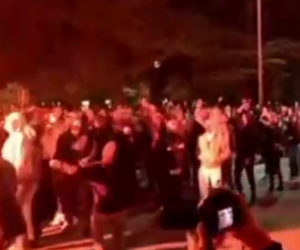




 Photo
Photo 



 Video
Video 

